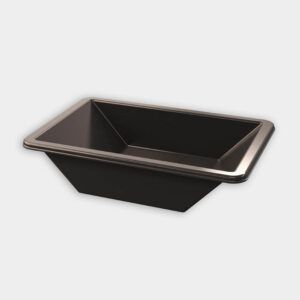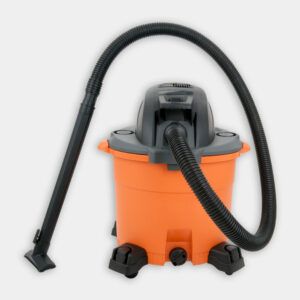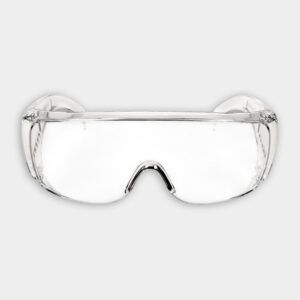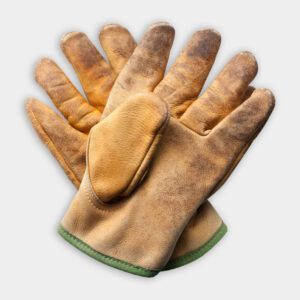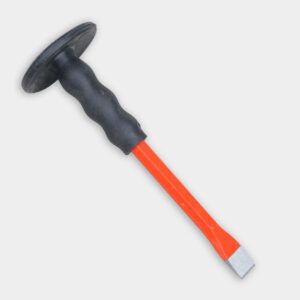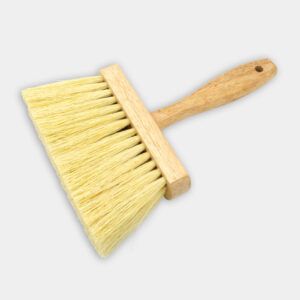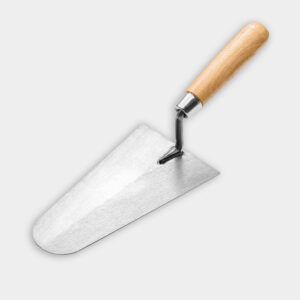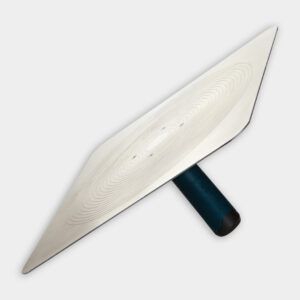An outdoor pizza oven can bring a lot of fun to your backyard, serving up unique cooking experiences and delicious meals. But like any outdoor structure, it can take a beating from the elements. If it’s showing signs of wear, repairing it yourself can not only extend its life but also improve its functionality. Here’s a guide to fixing your outdoor pizza oven, with tips inspired by This Old House mason Mark McCullough.
Assessing the Pizza Oven Damage
Before starting repairs, give your oven a thorough inspection. Look for common issues like cracked mortar joints, loose bricks or stones, water damage, and problems with the chimney or flue. Regular checks can catch small problems early, making repairs easier.
Identifying Water Damage
Water damage is a common problem for outdoor pizza ovens—especially in areas with harsh winters. When moisture gets into the oven, it can freeze and expand, leading to cracks and loose materials. Signs of water damage include cracks between joints, efflorescence (white powder on the surface), loose or fallen stones or bricks, and deteriorating mortar.
Evaluating Structural Integrity
While you’re inspecting the oven, make sure the overall structure is still solid. Check for large cracks in the dome or walls, shifts in the foundation, or a cooking surface that’s in bad shape. If you notice these issues, it might be time to call in a professional mason to evaluate it.
Preparing for Pizza Oven Repairs
Once you know what needs fixing, gather your tools and materials. Here’s a list to get started:
- Type N mortar mix
- Water
- Mortar tub
- Grinder with a diamond blade
- HEPA vac with dust collection
- Safety gear (dust mask, glasses, gloves)
- Small sledgehammer
- Masonry chisels
- Masonry brush
- Trowels
- Masonry hawk
- Large sponge
Make sure you’ve got everything you need before getting started, including the right safety gear, to make the process smoother and safer.
Removing Damaged Mortar from the Pizza Oven
Start by removing the old, damaged mortar — a process called repointing. This involves grinding out the old mortar to make space for new material, so the new mortar bonds securely to the bricks or stones.
Grinding Brick Joints
Use a grinder with a diamond blade to remove about 3/4 inch of mortar from the brick joints. Begin with the vertical joints, then move on to the horizontal ones. Connecting the grinder to a HEPA vac helps manage dust, making for a cleaner and safer workspace.
Chiseling Stone Joints
For stone sections, a sledgehammer and masonry chisel are better tools. Carefully chip away the mortar without damaging the stones. Once the mortar is out, clean the joints with water and a masonry brush to get rid of loose debris and ensure a solid bond with the new mortar.
Mixing and Applying New Mortar to the Pizza Oven
With the damaged mortar gone, it’s time to mix and apply the new mortar to restore your pizza oven’s structure.
Preparing the Mortar Mix
Mix Type N mortar with water in a mortar tub until it reaches an oatmeal-like consistency. Avoid adding too much water—it can weaken the mortar.
Applying Mortar to Brick Joints
Use pointing trowels to pack the mortar into the brick joints, starting with vertical joints first. Make sure there are no air pockets, which can lead to water damage later.
Filling Stone Joints
For irregular stone joints, scoop mortar onto a masonry hawk and use a variety of trowels to pack it into place. Match the original joint pattern as closely as possible to blend the repair with the existing structure. Once done, smooth the surface with a damp sponge for a clean finish.
Repairing the Chimney and Flue of Your Pizza Oven
The chimney and flue are important parts of your pizza oven and may need special attention during repairs to keep airflow optimal and prevent water damage.
Removing the Old Chimney
If the chimney is beyond repair, carefully break it down into pieces and remove it. Clean the area well before installing a new flue to ensure a proper fit.
Installing a New Flue
Apply a bed of mortar around the flue opening, set the new flue into place, and taper the mortar to direct water away from the chimney. A solid installation will prevent future issues and keep your oven working efficiently.
Curing and Maintenance for a Pizza Oven
After repairs, it’s important to let the mortar cure properly to achieve long-lasting results.
Curing Process
Give the mortar about 28 days to cure before using your oven. Keep it covered and don’t light any fires during this period to make sure the mortar sets properly.
Ongoing Maintenance
To keep your oven in good shape, check for new cracks or damage regularly. Clean it after each use to prevent ash buildup and keep it covered when not in use to protect it from the weather. Promptly addressing any issues will extend its lifespan.
Additional Decorative and Functional Enhancements for Pizza Ovens
Once your pizza oven is repaired, you might want to add some decorative or functional touches to make it even better.
Decorative Options
Explore designs that complement your outdoor space. Adding decorative tiles, stone veneers, or a colorful paint finish can give your pizza oven a personalized look that stands out. You can even add landscaping around the oven.
Functional Upgrades
Think about practical upgrades that enhance your cooking experience. Installing a storage area for firewood, a countertop for food preparation, or additional shelving can boost the oven’s functionality, making cooking sessions more convenient and enjoyable.
